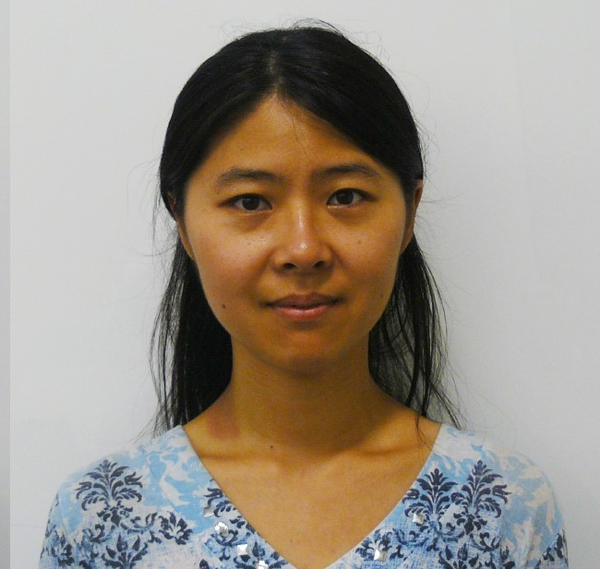
Biochemistry Seminar of Special Interest: Dr. Chang Cui (Harvard University), "Charge Transport and Conformational Gating in Metalloenzymes"
- Event Type
- Seminar/Symposium
- Sponsor
- Department of Biochemistry (HOST: Dr. Satish Nair)
- Location
- Charles G. Miller Auditorium, B102 Chemical and Life Sciences Laboratory
- Date
- Mar 3, 2023 12:00 pm
- Speaker
- Dr. Chang Cui
- Contact
- Cara Day
- caraday@illinois.edu
- Phone
- 217-333-2013
- Views
- 405
"Charge transport is essential to many biological processes including respiration, biodegradation and nucleic acid metabolism. Biological charge transfer can occur via electron transfer (ET) or proton-coupled electron transfer (PCET), which will be illustrated with several metal cofactors such as copper, heme, and non-heme iron. We will use an artificial oxidase to demonstrate intermolecular ET and a native multi-copper oxidase to illustrate intramolecular ET, both of which are related to oxygen reduction reaction. To exemplify biological PCET, we will discuss ribonucleotide reductase (RNR) in two aspects: proton transfer and conformational gating. RNRs play an essential role in the conversion of nucleotides to deoxynucleotides in all organisms. The E. coli class Ia RNR requires two homodimeric subunits, α and β. The active form is an asymmetric αα´ββ´ complex. The α subunit houses the site for nucleotide reduction initiated by a thiyl radical (C439•) and the β subunit, houses the diferric- tyrosyl radical (Y122•) that is essential for C439• formation. The reactions require a highly regulated and reversible long-range PCET pathway involving Y122•[β] ↔ W48?[β] ↔ Y356[β] ↔ Y731[α] ↔ Y730[α] ↔ C439[α]. Mutagenesis studies, transient absorption spectroscopy, and photochemical assays monitoring deoxynucleotide formation, collectively indicate that the E52[β], R331[α], E326[α] and E326[α´] network plays the essential role of shuttling protons associated with Y356 oxidation from the interface to bulk solvent. This long-range PCET is kinetically regulated by conformational changes. The conformational gating can be resolved into two stages using 3,4- enylalanine (DOPA) as a probe: a global rearrangement and the side chain dynamics of Y731, a key residue during PCET."